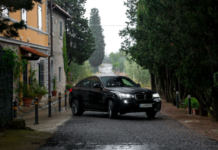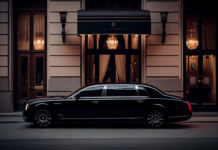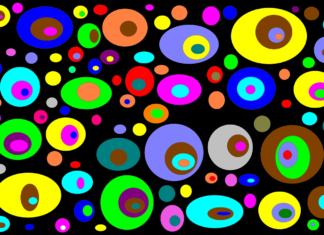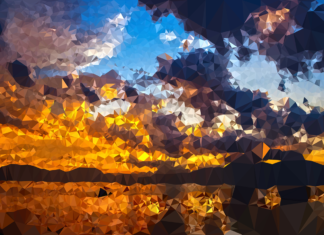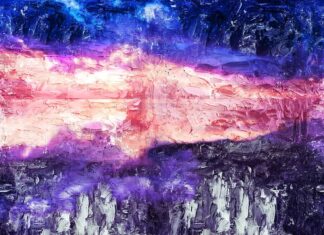Know your Venice,” told me Ali the refugee which only speaks a few words in English, I announced New York, and he declared in broken English, “We are more than a country!” Probably he meant something else, but we came here to cover Venice’s 58 Biennale and he is making a strong point. I repeated him louder, “WE ARE MORE THAN A COUNTRY!” A random British guy at the Piazza shouted it, and everyone giggled, Ali, the refugee thought we all giggle at him.

Artists representing their countries are as old a practice as art itself and since its inauguration back in 1895, Venice Biennale been the most celebrated art fair. Considering that there is no shallower curation framework than that, the 58 Biennale curator Ralph Rugoff, overstepped the footings, creating an interesting prescription that satisfies the mainstream and the story of the era.
Entering the compound, a pavilion mirroring the White House at the most prominent position, hidden behind a giant facade with one eye on top, by Martin Puryear, leaving you no doubt what country it is. Based on that, I decided to experience the exhibition through the story of the mainstream superpowers of the 21st century. Adjacent to the Guggenheim’s White House, lies the most important town in America, with a powerful work by Aya Ben Ron, field hospital X. The long wait at the hospital waiting room and the bitching nurses asking you to wait in line and not cross the line blows you with the feeling that crossing the border into Israel will cost you dearly.

Continuing on the superpowers Route, Russia’s pavilion was one of my favorites, it was a war zone for boys, or a PlayStation game of war, like Doom or Assassin’s Creed. Stuff got even darker stepping down to Russia’s basement where Alexander Shishkin-Hokusai, placed moving action targets near young naked girls, hard brushstrokes and flashing red lights, I wanted to go home after this, but instead, I went to Brazil.
Why dealing with the burning amazons, livestock business over aboriginals, or other environmental conspiracies, when you can easily place a dance facade on two huge screens, loudspeakers, buttocks music and see everyone dancing like fire! That was too much for my sensitive mind, but how can I leave before visiting the pavilion of China. At least the title of the Biennale, “May You Live In Interesting Times”, apocryphally associated with an ancient Chinese curse, because China underperformed as expected from a superpower.

After the biennale, we met Ali the refugee again, and he took us on a speed boat to a night ride around Venice, sailing fast, while playing loud Plain Jane by Harlem’s A$ap Ferg and Tunisian trap music. His native country, Tunisia, is one of the few countries to not have a representation in the Venice Biennale and Ali couldn’t care less, it’s not even his boat. Refugees do not have a pavilion at the biennale, but in Venice, everyone knows Ali and Ali knows everyone, Ali is more than a country. May we live in an interesting time, and call the next Biennale ”We Are More Than A Country”.
All pictures taken by Ariel De Lion.





